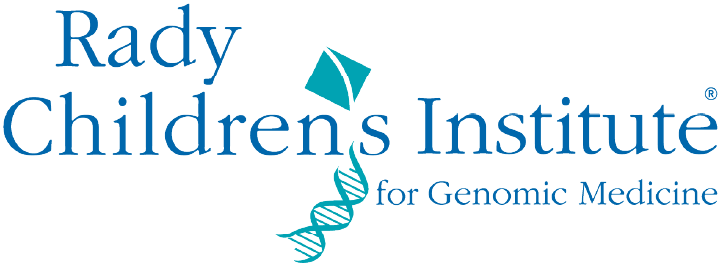Nature. 2025 Mar 26. doi: 10.1038/s41586-025-08676-x. Online ahead of print.
ABSTRACT
Meningomyelocele (also known as spina bifida) is considered to be a genetically complex disease resulting from a failure of the neural tube to close. Individuals with meningomyelocele display neuromotor disability and frequent hydrocephalus, requiring ventricular shunting. A few genes have been proposed to contribute to disease susceptibility, but beyond that it remains unexplained1. We postulated that de novo mutations under purifying selection contribute to the risk of developing meningomyelocele2. Here we recruited a cohort of 851 meningomyelocele trios who required shunting at birth and 732 control trios, and found that de novo likely gene disruption or damaging missense mutations occurred in approximately 22.3% of subjects, with 28% of such variants estimated to contribute to disease risk. The 187 genes with damaging de novo mutations collectively define networks including actin cytoskeleton and microtubule-based processes, Netrin-1 signalling and chromatin-modifying enzymes. Gene validation demonstrated partial or complete loss of function, impaired signalling and defective closure of the neural tube in Xenopus embryos. Our results indicate that de novo mutations make key contributions to meningomyelocele risk, and highlight critical pathways required for neural tube closure in human embryogenesis.
PMID:40140573 | DOI:10.1038/s41586-025-08676-x

 Lorem ipsum dolor sit amet, consectetur adipiscing
Lorem ipsum dolor sit amet, consectetur adipiscing



